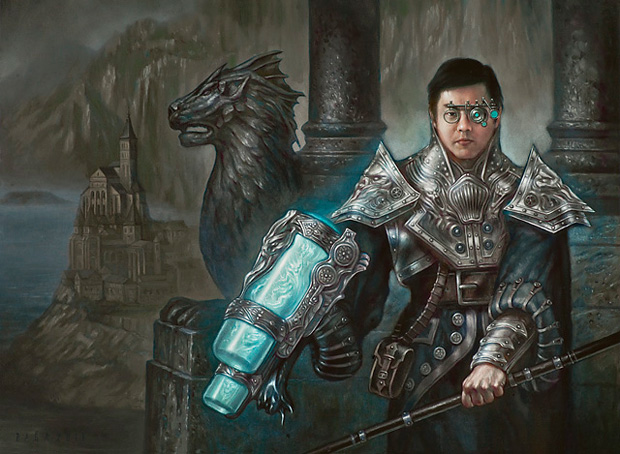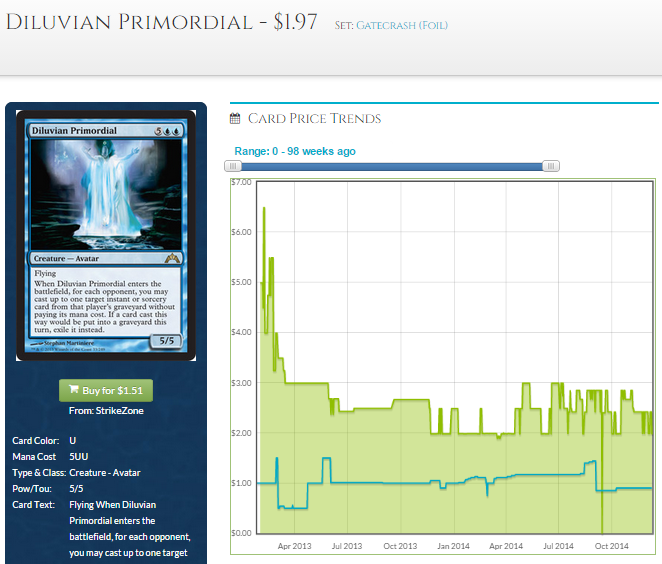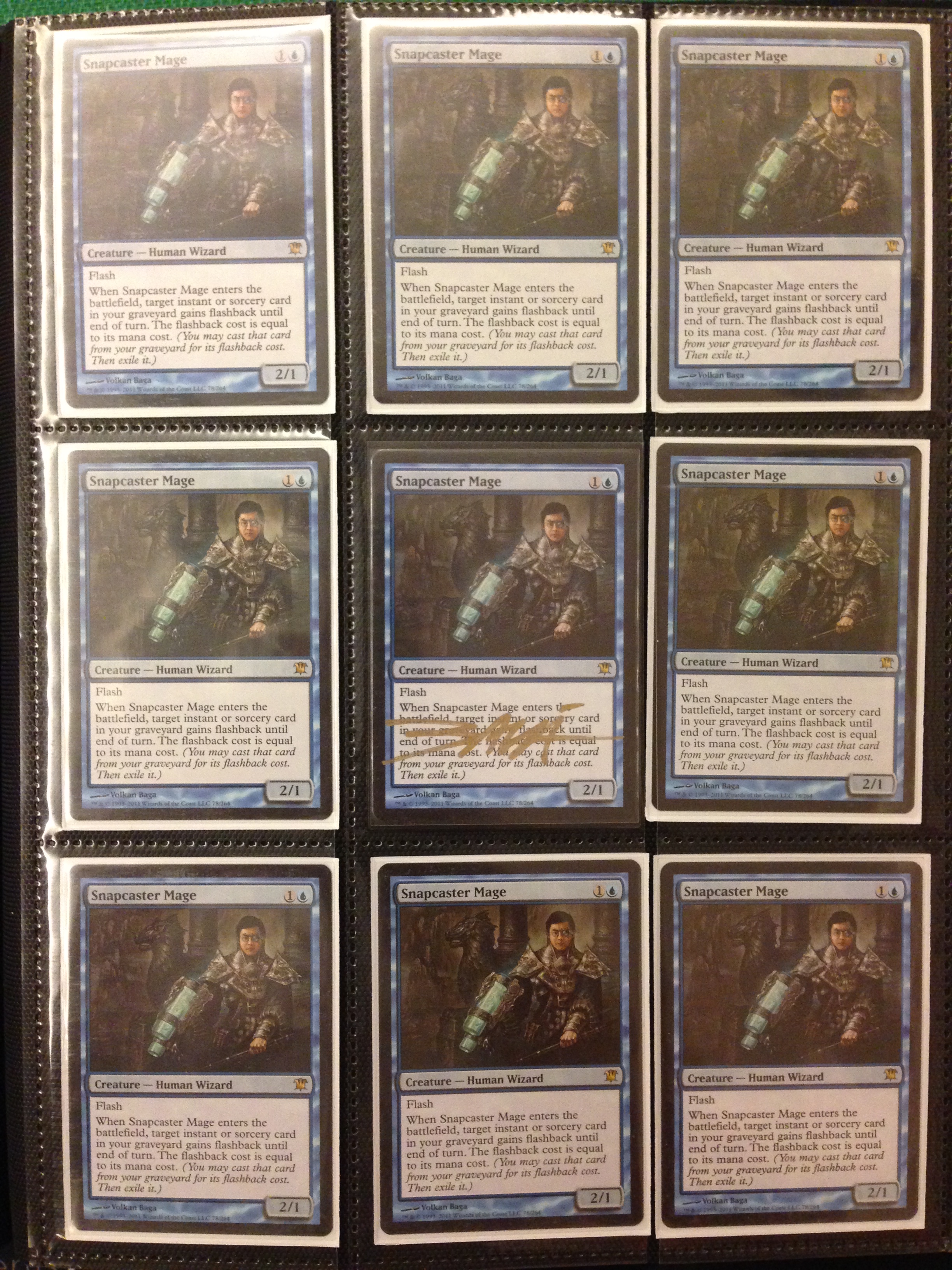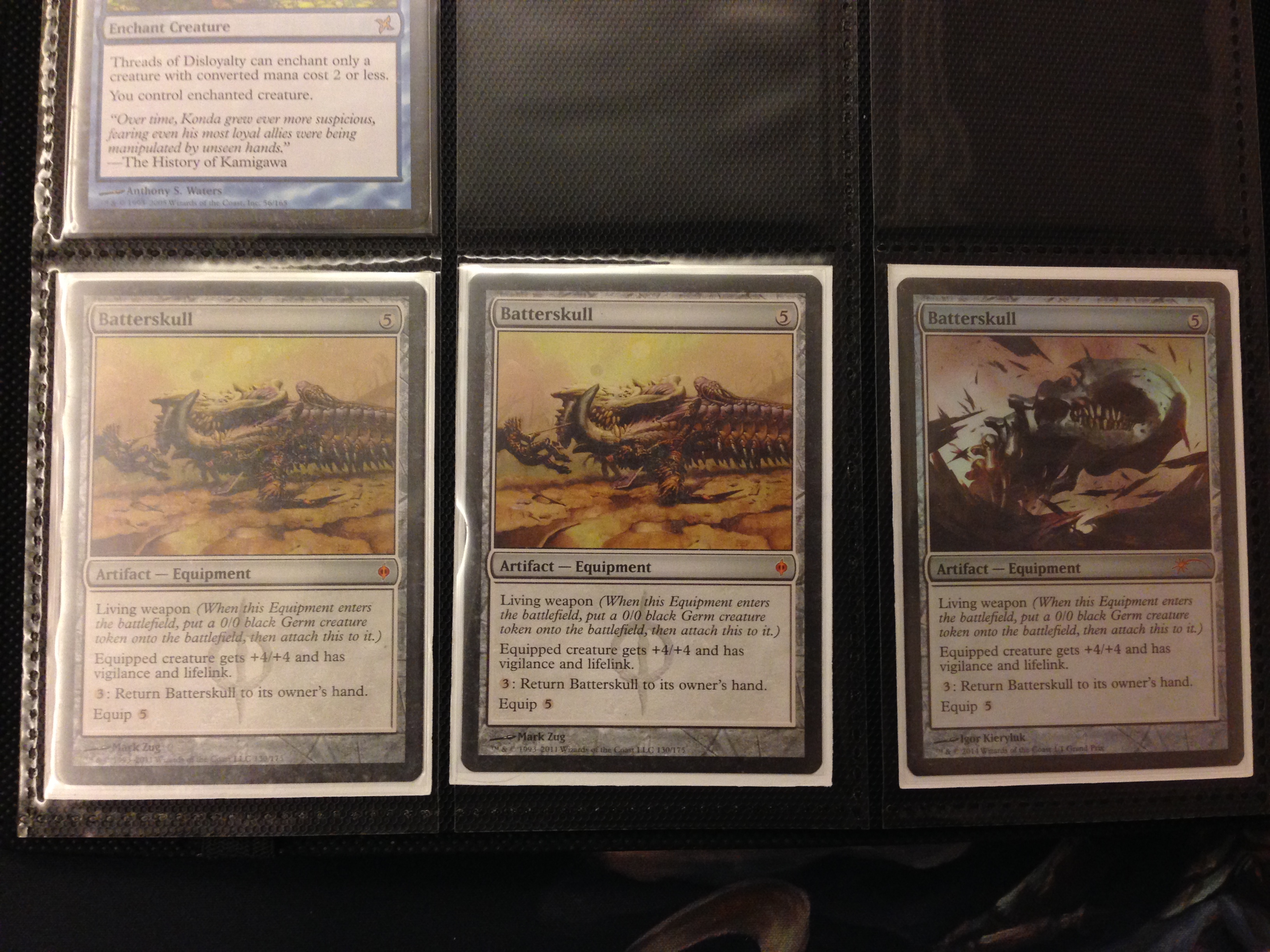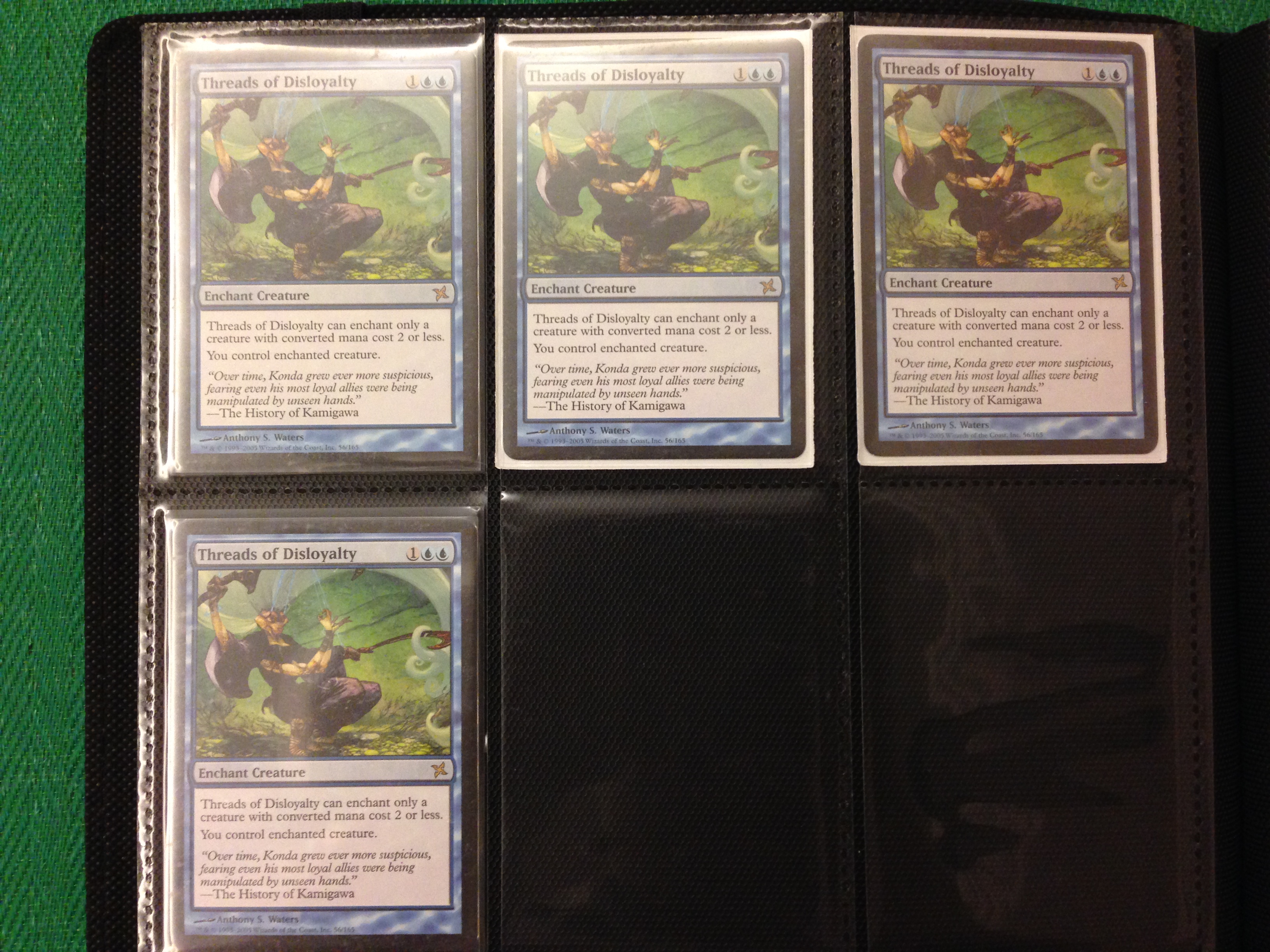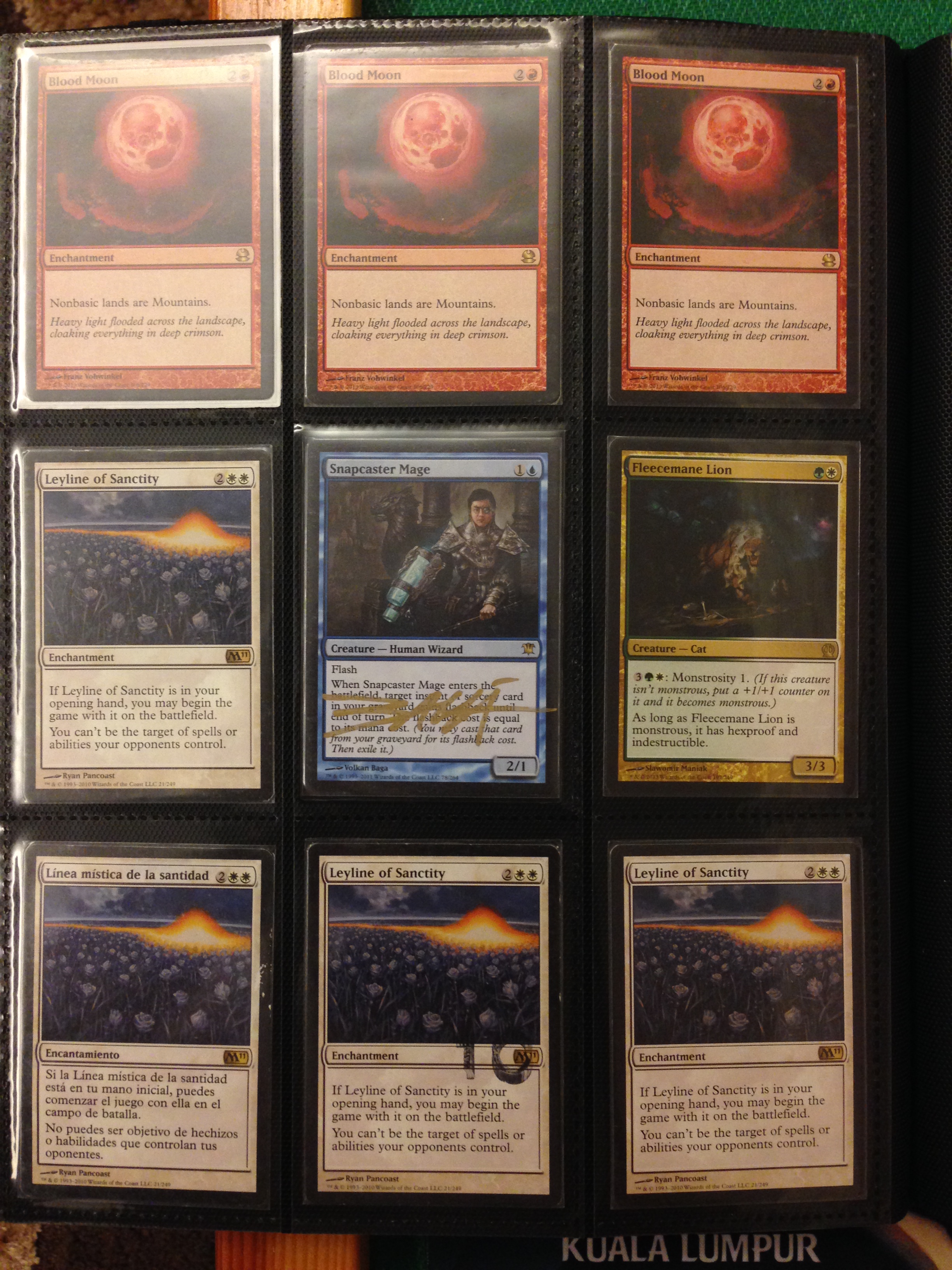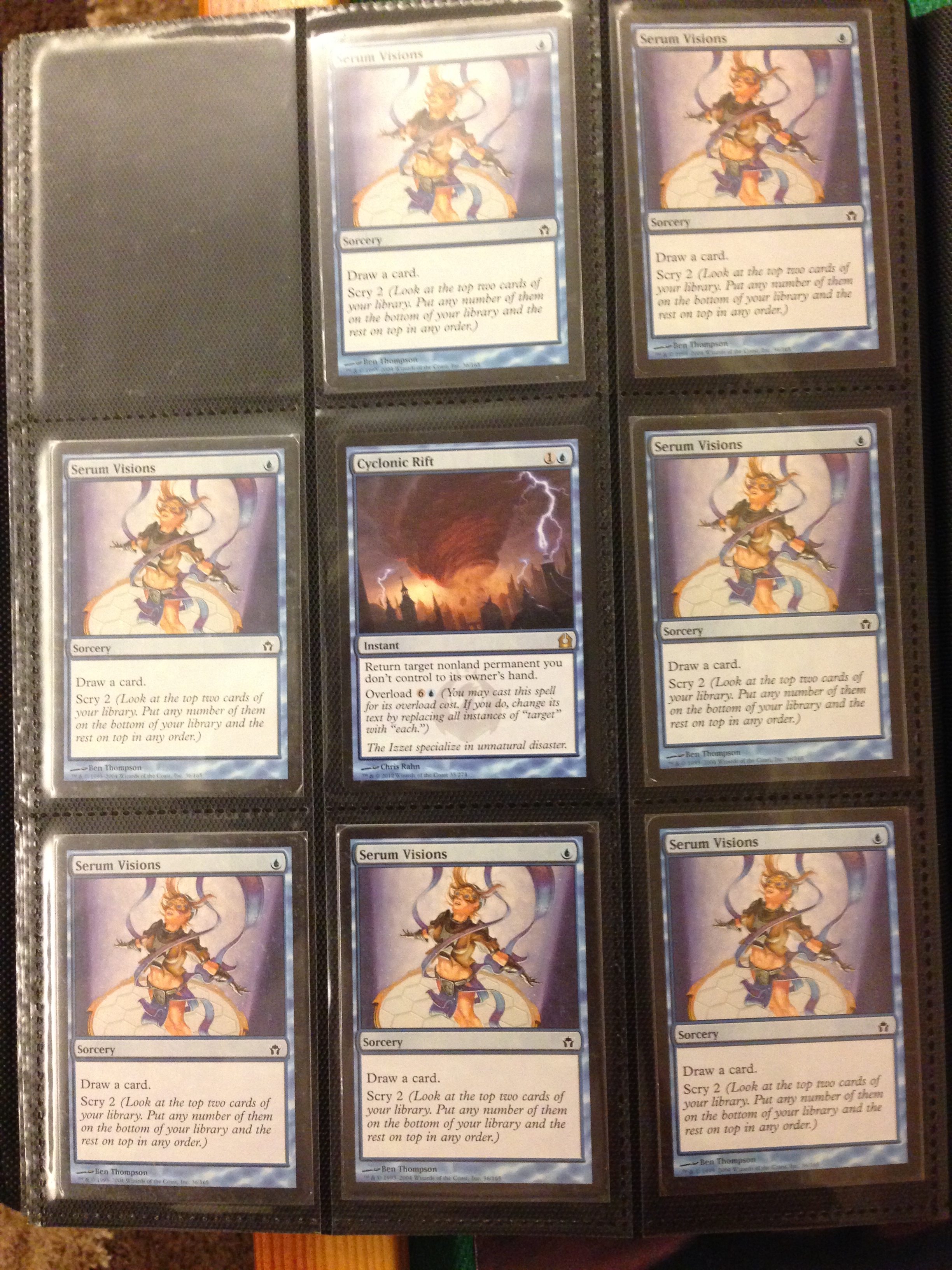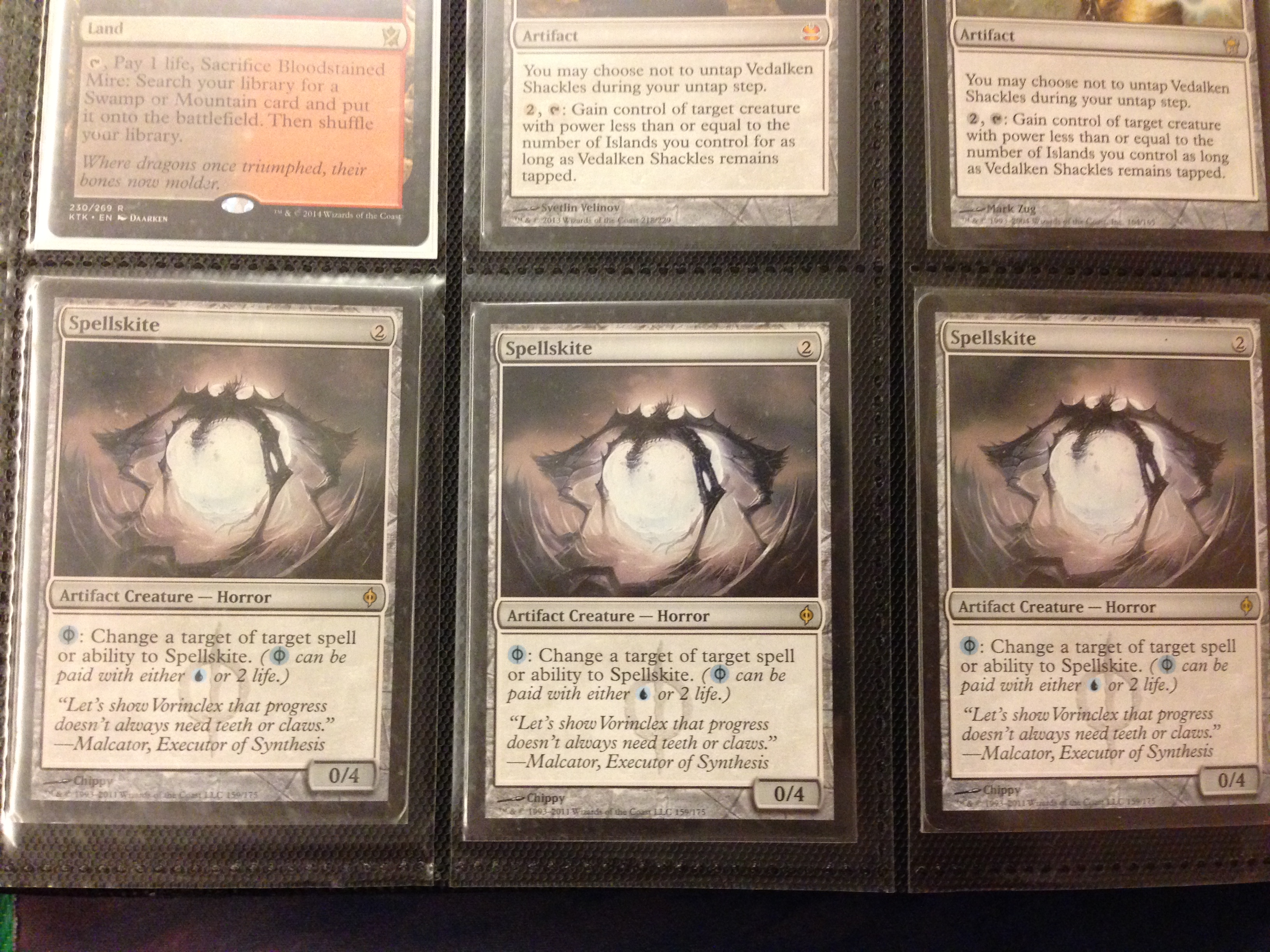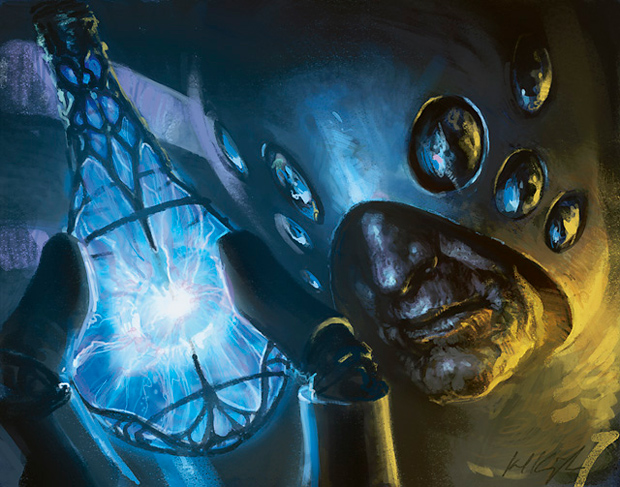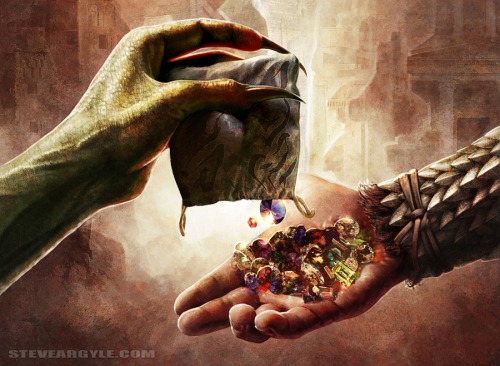Legacy Hero #6.5
This week I’m going to try and answer some questions that have been filling up my inbox. I didn’t think I would be going to writing a mail bag article this soon. I’m going to take that a compliment though. It means that I’ve been doing something right. To keep the powers that be happy I will make sure to have some magic finance content and next weeks article will definitely be more about the numbers. I have some exciting stuff on the speculation front as well as some promising results from a local player that picked up his older brothers cards when he moved out.
Let’s start things off with by addressing the most popular email I’ve been getting. To paraphrase, it goes something like this. “I play in an area with a decent sized magic group. We average 30 players at our FNM events but those are only standard. None of the players at my store play anything older than Modern and even then it is tough to get those events to fire. I really want to play legacy but I can’t get anyone else to even think about it. Do you have any suggestions on how to help popularize legacy?”
At first glance, I thought that this would be an easy question to answer. When I put the pen to the paper, I was wrong. I realized that this would take much more than a quick email response. There are a lot of factors in play here. As always, the first hurdle of legacy is the cost of entry. The cards in the legacy decks are just more expensive. With that expense comes a stigma that you have to be rich to play the game.
Overcoming the expense of getting into legacy is what the base of my entire series is about. I can’t write a step by step guide personalized to everyone thinking about joining the legacy crowd. There are far too many variables. What I hope to do is give everyone who reads my articles enough information to try the same things I’m trying. By following along I hope that everyone will eventually succeed in getting that deck finished and sleeved up. The part I didn’t really think about is what happens when you finally have your deck sleeved up and you’re ready to play?
It my area here in Michigan, I have at least 6 stores within an hour drive that have a weekly legacy tournament fire with an average of 10-12 people. 4 of those stores have regular IQ events or standalone events that feature a large enough payout to bring out the majority of the legacy ringers out of the woodworks making these events worth driving double that distance or at least that’s what I hear when I go. I’m pretty sure you have seen a few of these people play on camera at the SCG legacy opens. Tom is pretty hard to miss at over 7 feet tall.
Having a legacy community thrive takes a few things. First and foremost, you have to have the players willing to spend the money at their local store. That money can be for entry fees or the occasional larger purchase from the case. The store has to do their part as well. The store has to invest in those higher dollar cards for their legacy players and they need to invest in events that are worth the time to play in. How many players are they going to get if they charge $10 and give away packs? Personally, I would rather have one larger event an month with better prize support and more players than a weekly event that is lucky to break 8 players.
I had to submit this article on early Thursday morning because I wanted to get some feedback from a friend of mine. His store is a couple of years old. They average 20-30 people for FNM. They haven’t been able to get a legacy community going over there. I thought his feedback would offer some insight on the situation.
Here are the important highlights of our conversation:
Me: How many people do you get asking about legacy at the store? Have you guys tried having legacy events at all?
Kyle: 0 yes and me and Jarod were the only ones interested in them
Me: I’m writing a mail bag article and one of the most emailed questions seems to be “How do I get my lgs to support legacy?” So I’m trying to get a store’s feedback on this.
Kyle: Yeah the only two people interested in legacy around the shop are me and Jarod.
Me: So if you guys posted a Duel for Duals, you wouldn’t get any people to show up?
Kyle: We might get a few people like the ones that don’t come to our store for FNM or anything like that. Those kinds of tournaments(Duel for Duals) bring in a lot of people.
Me: But if you had a tourney like that, do you think it would increase the interest from the locals?
Kyle: Probably not our regulars. They all are into standard pretty much exclusively. Except recently a lot of them have been building puper decks since they are so cheap
Me: What about modern? You guys getting any more action on modern at all? And do you think the new WotC rules about being able to sanction anything will help Legacy at all?
Kyle: Modern fires for FNM but not every week. There are maybe 6 people who exclusively only play Modern and EDH on the side. As for Legacy FNM probably not. The cost to get into Legacy is slightly more than Modern and prices for entry into other formats is what scares people. The reason Standard is so popular is because the initial cost to get into it is relatively cheap compared to Legacy and Modern
Me: Agreed. Just trying to get feedback here.
Kyle: You said this was for your article or something so I was giving you descriptive answers. lol
Me: Thanks!
Kyle: What confuses me is that even after I explain to people the price of the cards I have in my(legacy) deck and what I was able to pick them up for they still refuse to get into Legacy.
Me: Why do you think that is? Are they just blinded by the perceived prices?
Kyle: Force of Will is around 90-ish (90.55 on mtgprice.com) and I picked mine up when they were like 50 or 60. I’ve only made value on them along with a few other cards in the deck like Wasteland. (Note: Kyle is an AVID Merfolk player. No matter how hard I try, he always sticks to fish.)
Me: Your Vendilion clique promo is a good example (He bought it at $60 a couple years back. I didn’t think the price was going to hold. I was wrong.)
Kyle: Yeah basically. People see the price for cards and go holy shit I can’t afford that. Then I destroy their logic when I explain that Standard is actually the most expensive format. Especially since they(WotC) are making standard rotate sooner in the near future
Me: That is one of the major themes I’ve been trying to get across in my article series.
Kyle: At most for Legacy you spend like $20 here or there to update the deck. Not $400 on an entirely new deck every X amount of months
Me:What do your players do at rotation? Do they dump all their rotating stuff on you guys for store credit or what?
Kyle: They trade in things that we don’t have an overload on and then buy a box or two of the newest set out.
Me: And you guys are giving half of scg(selling price) in trade, right?
Kyle: We go off of magiccards.info mid price which I believe is TCG mid price
Me: It is. So they are getting half of tcgmid in store credit on stuff that you guys need. Otherwise, they’re stuck with it?
Kyle: For the most part yeah. I mean there are a few things here and there that see their way into Legacy or Modern that we might give a little more on.
Me:I’m sure they can trade some of the stuff away to other players but I don’t see many of your local players shipping stuff off to CK or Troll and Toad.
Kyle: Exactly. A few of them have been starting to do that Pucatrade thing to get off of things that just rot otherwise
As you can see from our exchange, his store doesn’t have people asking about legacy so he doesn’t feel like there is any incentive for them to even try and run events. This ties in with the emails that I’ve been getting about the subject.
These problems are why I started writing this series to begin with. I can help you, as an individual, overcome the financial hurdles to build a great legacy deck without burning all of that disposable income but it took all of these emails to realize that having the deck is only one of the hurdle to overcome for what seems to be a lot of people. It takes a group of dedicated people to make a community work.
The best advice I can offer is to keep asking your store for a legacy event. If you get them to run an event, make sure you do everything you can to get everyone involved. There are a lot of budget options for legacy. Pretty much everyone can build a Burn deck. Manaless Dredge is pretty cheap, but not everyone’s cup of tea. Substituting shock lands for dual lands is certainly an option. Having the allied fetchlands in standard will help with the cost of any legacy deck. You can even try and make a specific legacy budget challenge. Try setting it up in a way that players are rewarded for taking advantage of the budget options available to them. The store can offer prizes for the player with the cheapest deck with the best record. This actually reminds me of one of my favorite parts of the Vintage Championship at Eternal Weekend. They they run a bonus prize for the person that has the best record without using any of the power 9, Bazaars, Workshops, and a few other of the expensive cards. I think there was a deck that had 7 wins this year.
The key to all of this is getting as many people on board as possible. It will showcase the diversity of the format and help your local community grow. The people that enjoy it will be able to grow with you and gradually put together the top tier decks with all the goodies. These are the people that will make the trek to the bigger events around. Remember, building a UWr Stoneblade isn’t something that is going to happen overnight, unless of course you have a lot of disposable income or very giving parents.
Writing this article and reading the emails made me realize just how lucky I am to have such a great legacy community, which has definitely made me wake up and rethink a lot of what I’m going to be writing about in future articles. I have to figure out how I’m going to implement my thoughts into positive changes for everyone. but it will be great. I promise that these changes will make for a better Legacy Hero! I’m going to stop here for today and pick things up next week where we left off.
I originally posted this deck at 7am without editing it. I hadn’t slept the night before so I had planned on saving it as a draft, taking a 30 min nap and then editing it when I got into my office for the day. As many of you noticed, it didn’t happen like that. I posted it instead of saving it. I’m sorry for that. I want to give you guys the best product I can. This won’t happen again.
Before I go, I worked out a trade online using one of the many Facebook groups out there for trading. I’m going to show both sides of the trade and I want you guys to vote on which side you would rather be on. Vote here http://strawpoll.me/3167162
Side A:
- Veteran Explorer x1
- Reanimate x4
- Rest in peace x2
- Ad-Nauseam x1
- Tendril of Agony x1
- Dryad Militant x1
- Swans of Bryn something x2
- Mental Misstep x2
- Forked Bolt x1
- Serra Avenger x1
- Mind Twist x1
- Phyrexian Revoker x3
- Hymn to Tourach x3
- Exhume x4
- Crop Rotation x3
Side B:
- Spell Pierce
- Daze x2
- Steam Vents
- Inquisition of Kozilek
- Godless Shrine x2
As always you can email me mtglegacyhero on the gmail @somethingsays on twitter.
